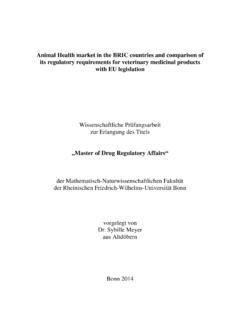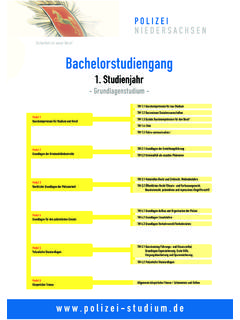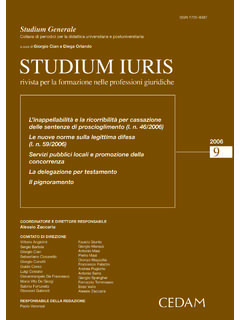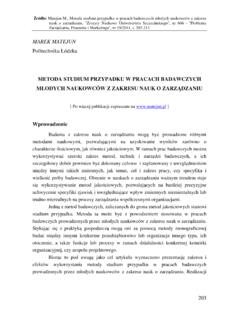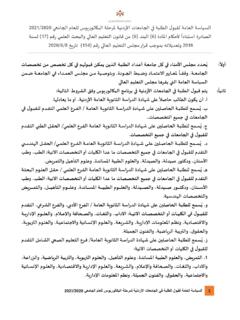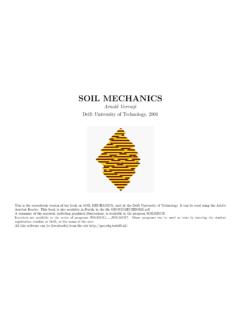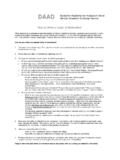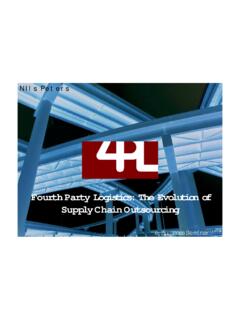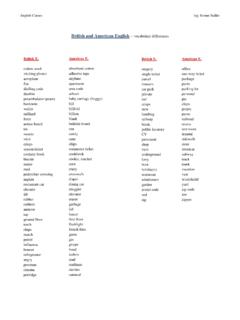Transcription of Best practice of worldwide product variations …
1 Best practice of worldwide product variations regarding planning, conduct and implementation Wissenschaftliche Pr fungsarbeit zur Erlangung des Titels Master of Drug Regulatory Affairs der Mathematisch-Naturwissenschaftlichen Fakult t der Rheinischen Friedrich-Wilhelms-Universit t Bonn vorgelegt von Dr. Maike Melullis aus Hamburg Bonn 2015 Betreuer und 1. Referent: Dr. Mohamed Baccouche Zweiter Referent: Dr. Peter BachmannList of Figures I List of Figures Figure 1 - Structure of Common technical document (CTD) .. 26 Figure 2 - Content and Structure of ACTD .. 27 Figure 3 - internal departments involved in compilation of variation documentation .. 32 Figure 4 - internal departments to be informed on the approval of variations .. 40 List of Abbreviations and Acronyms II List of Abbreviations and Acronyms ACTD ASEAN Common technical Document API Active Pharmaceutical Ingredient ASEAN Association of the Southeast Asian Nations CC Change Control CFR Code of Federal Regulations CIS Commonwealth of independent states CMC chemistry.
2 Manufacturing and control CPP Certificate of Pharmaceutical product CTD Common Technical Document EP European Pharmacopeia EU European Union FDA Food and Drug Administration GCC Gulf Cooperation Council GMP Good Manufacturing practice HPLC High performance Liquid Chromatography ICH International Conference of Harmonization JP Japanese Pharmacopeia MA Marketing Authorization MAH Marketing Authorization Holder NCA National Competent Authority NeeS non-eCTD electronic Submission PANDRH Pan American Network for Drug Regulatory Harmonization RA Regulatory Affairs SADC Southern African Development Community SmPC Summary of product Characteristics US United States USP-NF United States Pharmacopeia and National Formulary USR Urgent safety restriction WHO World Health organisation xEVMPD Extended EudraVigilance Medicinal product Dictionary XML Extensible Markup Language Table of Contents III Table of Contents List of Figures.
3 I List of Abbreviations and Acronyms .. II Table of Contents ..III 1 Introduction .. 1 Reasons for changes to the registered information .. 1 Classification of variations .. 5 Variation Guideline EU .. 6 Variation guideline US .. 8 Variation Guidelines 9 2 Realizing worldwide product variations ..11 Planning phase ..12 Determination of the scope of the variation ..12 Evaluation of the current status ..15 Evaluation of the requirements ..16 Planning of resources ..20 Conducting the roll-out ..23 submission timetable ..23 Compilation of submission documentation ..25 Structure and format of the variation dossier ..25 Electronic vs paper submission ..29 Individual variation packages vs. Modular compilation ..31 Coordination internal stakeholders ..32 Coordination external Stakeholders ..34 Implementation phase.
4 35 Change control ..35 Table of Contents IV Timing of implementation ..37 Coordination and Information flow ..39 3 Conclusion ..41 4 Summary ..42 5 References ..43 Annexes ..45 Annex 1 - Questionnaire for submission of a variation ..46 Annex 2 Compilation matrix ..49 Annex 3 Tracking table ..50 Introduction 1 1 Introduction The pharmaceutical Industry is a highly regulated environment; in most countries, it is forbidden to sell Medicinal products, unless you have obtained a Marketing Authorization (MA) by the respective National Competent Authority (NCA) to do so. This obligation is laid down in the respective legislations on Medicinal Products, Directive 2001/83 [1] and Regulation 726/2004 [2] in the European Union (EU), or the Federal Food, Drug, and Cosmetic Act (the Act) [3] and Title 21 of the Code of Federal Regulations (CFR) [4] in the United States (US).
5 This requirement, however, is not limited to these countries with a high regulative standard, but is also basis for pharmaceutical legislation in countries all over the world. The application for Marketing Authorization includes (besides the necessary administrative information), a regulatory dossier summarizing the obtained information on the quality, efficacy and safety of the medicinal product , which is then assessed and approved by the NCA. With this approval, the respective product can be marketed in the country in which the approval has been granted. Reasons for changes to the registered information During the life-cycle of the product , changes to the approved dossier might occur for a variety of reasons. All information included in the dossier is considered part of the Marketing Authorization, and therefore most - if not all - changes made to the approved dossier have to be notified to the Regulatory Authority before the change can be implemented.
6 A few of the most common reasons for changes to the marketing authorization are listed on the next pages. Introduction 2 1. changes introduced for marketing reasons Many changes to a product are introduced to allow for a better product placement or to gain advantage over the competition in the market. These include for example changes to the information in the Summary of product Characteristics (SmPC) as the basis for better product placement, elimination of adverse events or warning statements, or inclusion of additional age groups or indications elimination of excipients that require a warning statement on the packaging, or are viewed critically in the public, colouring agents or preservatives changes to the layout of the packaging to make it more appealing or to build the overall brand 2.
7 Cost related changes In an environment of cost savings in the health systems of many countries, the price pressure on pharmaceutical products is steadily increasing. This is especially the case for generic products, but also for many originator products. Cost savings can be achieved by different measures, such as change of manufacturing sites to countries with lower production costs for part or all of the manufacturing process, changes to make the manufacturing process more effective, by achieving higher yields, excluding personnel-intensive production steps, or using less expensive starting materials change of sources of Active Pharmaceutical Ingredient (API) or starting materials to more cost-effective suppliers, from countries with lower production costs like India or China Introduction 3 3.
8 Changes due to acquisitions/mergers If two companies merge, or a company is bought by a different company, several changes might result from this, such as changes to the name of the manufacturer or Marketing Authorization Holder (MAH) that is part of the merger Change of the product name, if the former company s name is part of the product name, or if the old name does not fit the combined portfolio change of address, if the company had to be relocated due to the merger, change of production site, insourcing of the production from external contract manufacturing to manufacturing at a site within the new pharmaceutical group 4. changes requested by authorities Not all changes are initiated by the MAH; some of them also have to be introduced upon request by the authorities. Requested Changes to the agreed documentation after the initial marketing authorization are normally required due to safety or quality concerns.
9 This includes for example introduction of additional warnings, precautions or restrictions to the indication or patient groups listed in the product information to ensure the safety of the patient, introduction of additional testing methods for the product , starting materials or active pharmaceutical ingredient due to newly identified risks, testing for additional impurities or testing for viruses introduction of features against falsification of the product on the packaging, data matrix codes or tamper-proof features Introduction 4 5. changes due to external influences Some changes are not planned by the MAH, but have to be introduced due to external factors that require action from the pharmaceutical company, such as introduction of a different source of materials due to unavailability from the previous source closure of production sites due to safety or Good Manufacturing practice (GMP) related concerns changes to the equipment due to malfunctioning of the one currently in use alteration of the product information due to safety signals observed in clinical studies or during post-marketing surveillance 6.
10 Changes to keep up with the latest scientific developments The MAH is required to always keep the dossier up to date, and to consider any scientific developments that may help to improve the safety and quality of the product . This can include for example improvements in the sensitivity of methods, to lower the detection limit of possible impurities or to get more reliable results on content measurements reduction of product and process related impurities by improvements in the process or better purification methods Introduction 5 Classification of variations The changes listed in section are just a few examples for changes that have to be notified to the regulatory authorities. Not all changes have the same impact when implemented, so they have to be classified according to the possible effect they might have on the authorized product .







